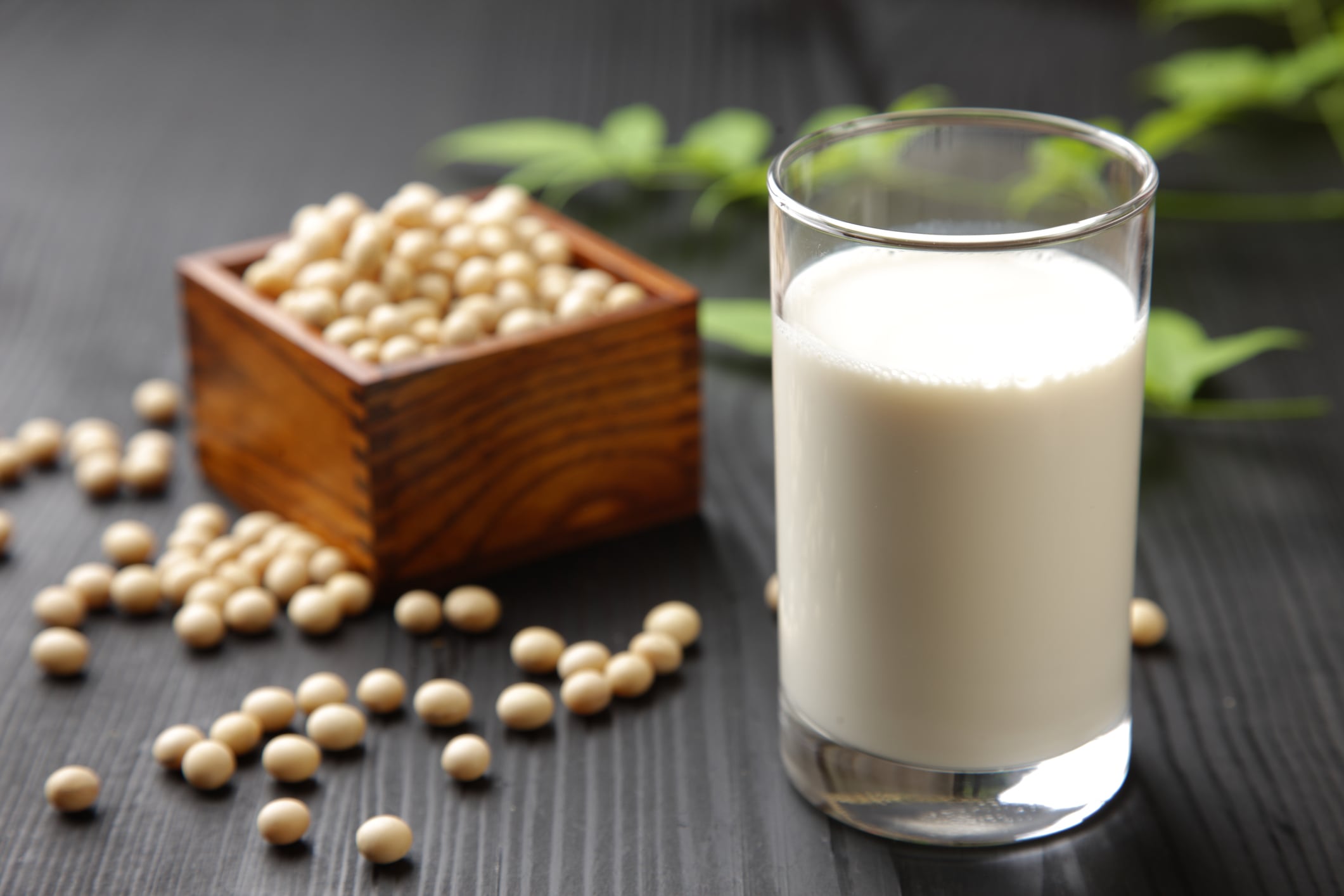The potential health benefits provided by cereals are ‘often overlooked or undervalued’ as part of a nutritious diet, a new review of agri-nutrition research and dietary guidance has concluded.
The study chalked this up to two issues. Firstly, it noted many cereal crops with varying nutritional qualities are ‘indiscriminately’ grouped under the broad category of ‘staples’. Secondly, the researchers observed that cereals are often considered to be a major source of dietary energy alone. Reducing nutritional attributes to macro- and micro-nutrients in this way fails to factor in the presence of bioactive food components such as carotenoids, flavonoids, and polyphenols, and compounds that comprise dietary fibre.
Increased consumption could combat NCDs
In the paper, entitled Agri-nutrition research: Revisiting the contribution of maize and wheat to human nutrition and health, the authors urged researchers and policymakers to embrace the ‘multiple dietary components’ of cereals to address under- and over-nutrition, micronutrient deficiencies and the growing global problem of non-communicable diseases (NCDs).
“Through increasing the availability of, and access to, healthy foods derived from cereals, we can better address the growing triple burden of malnutrition that many countries are facing,” said co-author Olaf Erenstein, director of CIMMYT’s socioeconomics program.
“To feed the world within planetary boundaries, current intakes of whole grain foods should more than double, and address tricky issues like the current over-processing, to make the most of the nutrition potential of maize and wheat.”
The paper highlighted the positive nutritional effects of dietary fibre, noting that while some carbohydrates can create a glycaemic response that has negative effects on diabetes and obesity, dietary fibre in cereals is made up of carbohydrates that are fermented in the large intestine, with ‘largely positive’ metabolic and health effects.
Innovation to enhance naturally occurring compounds
Natalia Palacios, CIMMYT maize quality specialist, told FoodNavigator that the food sector should embrace ways to enhance the naturally occurring beneficial compounds found in maize, wheat and other cereals.
“Several compounds including protein, amylose, essential amino acids, vitamin A, zinc, have been successfully enhanced in maize and/or wheat. There is large genetic diversity that could help expand those efforts to resistant starch or other sources of dietary fibre which improve digestability, reduce glycemic index and contributes to preventing non-communicable diseases like diabetes and obesity,” Palacios noted.
“Also, breeding for anti-nutrient compounds like phytate could contribute to enhanced minerals, like iron and zinc, bioavailability, which in turns contributes to stronger immune system, prevention of anemia, etc.
“Genetic diversity for antioxidant compounds can also be explored given its role in preventing cell ageing, maintaining the glycemic index and combat NCDs like diabetes and obesity.”
Improvements can be achieved through a variety of strategies, including traditional plant breeding, genomic selection and bio- or industrial fortification. However, the technique used will determine the outcome that can be achieved, Palacios noted. “It is important to take into account that not all compounds are feasible to be enhanced by breeding, either because they are largely affected by the environment, because there are no suitable high throughput screening methodologies, or because there is not enough genetic diversity that allows to make progress through conventional breeding.”
This is where emergent technologies have a role to play, Nigel Poole, Visiting Fellow at CIMMYT, told this publication.
For example, scientists at CIMMYT have worked on new maize and wheat varieties with additional levels of vitamin A and zinc to help address some of the nutritional deficiencies found worldwide.
“Overall, there is also considerable potential for plant breeding strategies to improve grain composition through exploiting natural variation, genomic selection, mutagenesis and transgenesis, improving cereal cell wall polysaccharides, and specifically improving the starch composition and structure through natural and induced mutations.
“Both biofortification and industrial fortification of cereals are proven technologies for increasing the vitamin and mineral content of cereals, and there is potential to breed for improved protein and fat content. Quality protein maize germplasm developed by CIMMYT and partners in the 1970s-1980s contains enhanced levels of lysine and tryptophan, two essential amino acids. Iron is another mineral with potential for improvement in levels in grain but interactions with phytic acid in wheat bran reduce bioavailability. Increasing bioavailable iron content of foods is a big challenge. Researchers in Pakistan envisage that translational genomics approaches for cereals is necessary to mitigate the folate deficiency in global populations.
“Traditional plant breeding technologies have potential to enhance the quality of the carbohydrate dietary fibre content in wheat by identifying or developing lines with increased amylose content compared with amylopectin which decreases digestibility, postprandial glycaemia and insulinaemia, and hence can reduce the glycaemic index of carbohydrate foods,” he detailed.
Elsewhere, Poole suggested, there is potential to expand research and nutritional exploitation of minor staple cereals, ‘research into which is gathering pace’. Poole pointed to research looking at spelt, rye and oats in temperate regions, and millets and sorghums in warmer regions.
Meanwhile, the fortification of finished goods is also part of the toolbox to improve the nutritional profile of cereals. “Industrial fortification with micronutrients is particularly valuable where interventions can be made through large scale milling. It is difficult to reach people where grain milling occurs in small-scale local mills, as in many developing countries,” Poole noted.
Palacios agreed that fortification of finished products and enhancing the naturally occurring compounds within cereals can both be beneficial for population health. He added that biofortification can aide the development of healthier, clean label, cereal-based products.
“Both strategies have proven successful and can serve different consumers. Biofortification has the advantage of bringing the compounds of interest in the edible part of the plant and rural consumers and farmers can access it directly. For urban populations with higher access to industrialized food items, using biofortified grains as ingredients will certainly contribute to clean labels.”
Processing innovation for nutrition, productivity and safety
One of challenges in maximising the nutritional benefit of cereal-based foods in diets is that the processing of grains often causes substantial losses of essential vitamins and minerals. Meanwhile, manufacturing industries create ultra-processed foods that often contain ‘noxious qualities and components’, which contribute directly to the significant and increasing global health and economic costs of non-communicable diseases, the paper found.
However, the researchers also stressed that innovation is supporting improvements in how cereals are produced, processed and stored to increase productivity and improve food safety while maintaining their nutritional benefits.
Palacios elaborated: “There are several techniques and methods that can enhance the nutritional content of cereals. From ancient times, processing methods like fermentation or thermo-alkaline-cooking (nixtamalization), can be mentioned.”
Using the whole kernel of the grain is one area that could reap potential rewards, he continued. “The most common processing methods for wheat and maize involve the removal of the outer layer and the germ. The main reason for that is to extend the shelve life of the flours. A very limited amount of products today use whole kernels. Storage technologies or more stable flours (derived from kernels that might have different fat composition or higher antioxidant content) could be beneficial to increase the use of whole kernel flours,” Palacios suggested.
There is also potential to innovate at the ‘breeding level’, the grain expert continued. “Grain quality not only depends on the genetics, but also on the environment (growing conditions such as soil quality, weather, etc), and the interaction of genotype by environment. So having cultivars with genetics that allows them to accumulate nutrients, like the biofortified ones, is one of the innovations at the breeding level. Fertilization and different production systems can also leads to higher nutritional value of the kernels.”
Source
'Agri-nutrition research: Revisiting the contribution of maize and wheat to human nutrition and health'
Food Policy
Authors: Nigel Poole, Jason Donovan, Olaf Erenstein
DOI: https://doi.org/10.1016/j.foodpol.2020.101976




